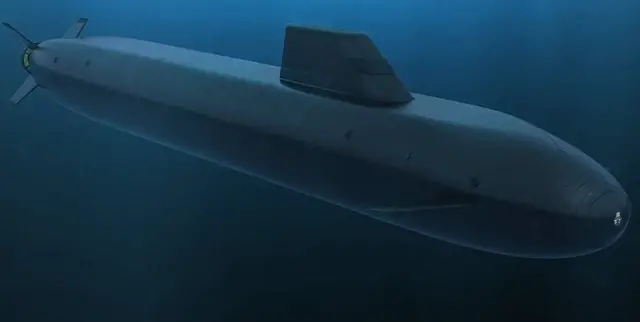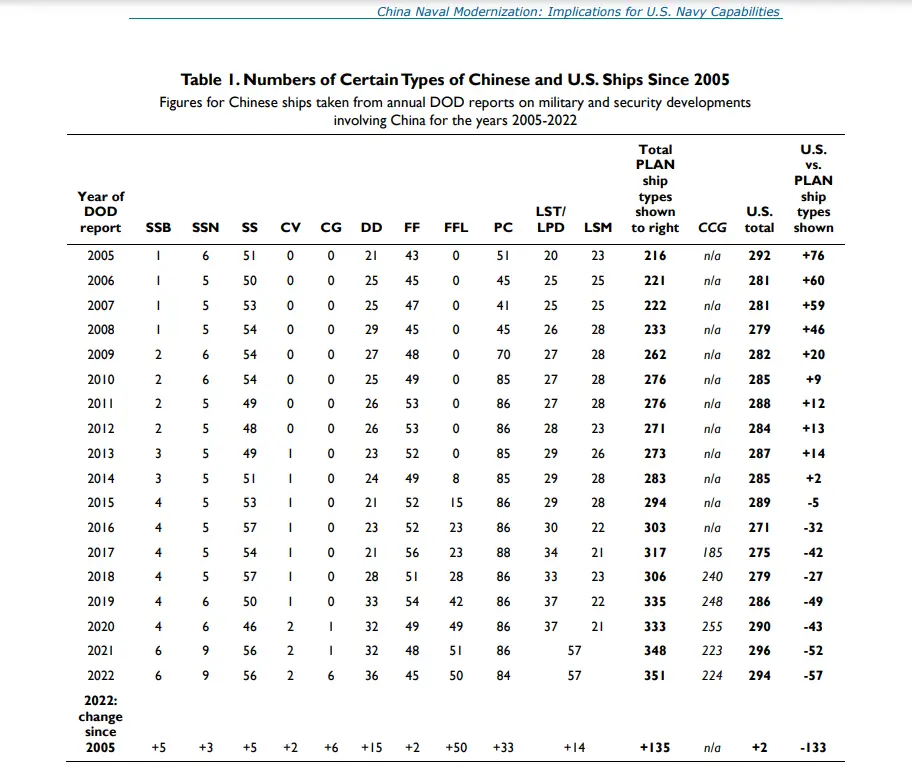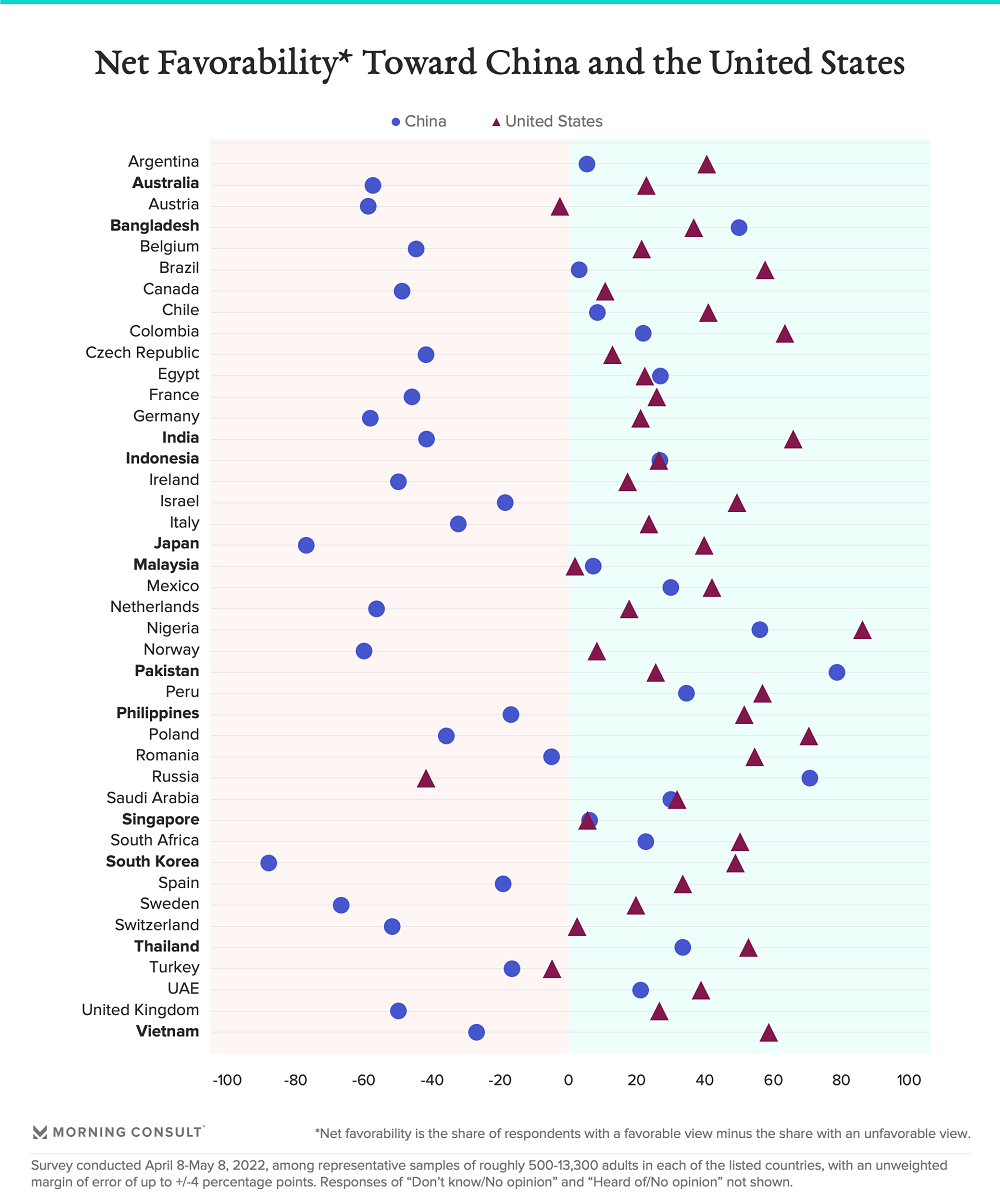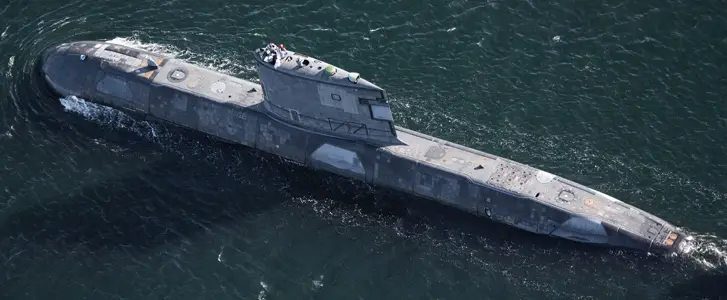As China continues their large scale military build-up, many of Canada’s key allies are stepping up to respond. So far, our nation isn’t joining them.
The United States, the United Kingdom, and Australia have finalized the AUKUS deal.
The agreement will help Australia procure nuclear-powered submarines from the United States, while all three countries will work together to design and build a new fleet of nuclear powered subs.
According to the White House, the future submarines will be based on a current U.K. design, supplemented by American technology. It will be operated by both the U.K. and Australia.
“Australia’s future SSN – which we are calling “SSN-AUKUS” – will be a state-of-the-art platform designed to leverage the best of submarine technology from all three nations. SSN-AUKUS will be based upon the United Kingdom’s next-generation SSN design while incorporating cutting edge U.S. submarine technologies, and will be built and deployed by both Australia and the United Kingdom.”
SSN-AUKUS will be based upon the Dreadnought-Class SSBN

The forthcoming SSN-AUKUS submarines will be based upon the Dreadnought design. The U.K. Government says the submarines will be “the largest, most advanced and most powerful attack submarines ever operated by the Royal Navy, combining world-leading sensors, design and weaponry in one vessel.”
The program is expected to create thousands of jobs in the U.K., in a huge boon for their shipbuilding industry.
The U.K. Government also emphasized the importance of utilizing a design that will ensure they can work together with their allies to “meet shared threats and deter aggression.”
“Choosing an interoperable submarine design will allow the Royal Navy, with its Australian and US counterparts to work together to meet shared threats and deter aggression. This includes in the Indo-Pacific where the refresh of the UK’s Integrated Review, published today, has confirmed the importance of increased engagement in this febrile region. The strategy confirms the Indo-Pacific ‘tilt’ as a permanent pillar of the UK’s international policy.”
AUKUS as a response to China’s belligerent foreign policy
Speaking to Sky News Australia, former Australian Defence Minister Christopher Pyne said the AUKUS deal in some ways “represents a failure of Chinese Foreign and Defence Policy,” noting China’s increasing effort to challenge the United States in the Indo-Pacific region was generated stronger pushback, rather than submission:
China’s massive military build-up
The AUKUS deal isn’t happening in a vacuum.
It is largely a response to China’s military build-up, and particularly China’s naval build-up.
China is now estimated to have 340 warships in the PLAN (People’s Liberation Army Navy), narrowly exceeding the size of the U.S. fleet (under 300).
Quantity doesn’t mean quantity, and the tonnage of the PLAN is around 2 million tonnes, far less than the U.S. Navy tonnage of around 4.6 million. China is building more ships, but those ships are smaller on average.
China also has three aircraft carriers, compared to 11 for the United States.
However, the concern is the pace of China’s naval build-up.
As you can see in this table by the Federation of American Scientists, China has rapidly closed (and in some cases reversed) the gap between themselves and the United States since 2005:

If these trends continue, China’s PLAN will become more and more of a peer to the U.S. Navy.
Another important point to consider is that China is able to concentrate their naval power in the South China Sea, while the U.S. Navy is engaged protecting shipping lanes across the planet.
As a result, China only needs to reach partial naval power-parity with the United States to achieve regional superiority.
The United States understands this, and is seeking to engage with their key allies to counter China’s build-up.
Japan military expansion

Though not a part of AUKUS, Japan is a key ally of the United States, and is very interested in preventing China from achieving dominance in the region.
Japan is upending decades of pacificism, and has announced a doubling of military spending.
This will bring them from spending 1% of GDP on defence, to spending 2%. Japan will thus have the third largest military budget on Earth, behind only the U.S. and China.
Japan is also part of the Quadrilateral Security Dialogue – often referred to as the Quad – a security dialogue between the United States, Japan, India, and Australia.
The Quad is widely seen as a response to concerns about China’s increasing aggression in the region – including border clashes with India that resulted in deaths.
Clearly, Japan is not simply going to ‘hope for the best.’ As noted by the Center for Strategic & International Studies (not to be confused with CSIS in Canada), the Japanese government has widespread public support for their military expansion.
Counterbalancing coalition
AUKUS and the Quad represent the growth of a counterbalancing coalition to check China’s attempt to assert dominance in the region.
Though various regional powers have their own differences, and though the United States is not popular in all of the Asia-Pacific, the increased fear of China is pushing many nations closer together.
A Morning Consult Survey also shows the United States is viewed more favourably than China among most Indo-Pacific nations:

The U.S. and the Philippines recently signed a deal to open four military bases in the country.
The increased co-operation between the U.S. and the Philippines was notable because the Philippines had in recent years been trending towards a more neutral or even pro-China position.
However, China’s illegal fishing in the territorial waters of the Philippines and the overall shift in China’s actions and rhetoric towards more belligerence and aggression has pushed the Philippines back into the U.S. orbit.
Why isn’t Canada in the Quad or AUKUS?
One country has been explicitly absent from both the Quad and from AUKUS.
Canada.
Our absence is odd, especially given that our government loves to crow about Canada being a “Pacific country.”
In their Indo-Pacific strategy paper, the government made a point of emphasizing this:
“Canada is a Pacific country. It shares 25,000 kilometres of Pacific coastline, robust trading relationships with economies across the region, deep people-to-people ties and a rich history of cultural exchange.”
The government also said Canada would engage with countries in the region:
“To seize opportunities in the national interest of Canadians, while defending the values they hold dear, Canada will invest in building capacity to engage with countries across the region, while paying particular attention to Australia, Association of Southeast Asian Nations (ASEAN) countries, China, India, Japan, Pacific Island Countries, the Republic of Korea and New Zealand.”
The words are there, but the actions are missing.
This is especially surprising given that AUKUS seems like a no-brainer for Canada to participate in:
AUKUS brings together three of our closest allies.
It’s focused on protecting freedom of navigation in the Pacific ocean and defending fellow democracies from potential aggression by China.
And it involves technological partnerships and shipbuilding expansion focused on submarines, an area in which we are severely limited.
Canada’s submarine fleet

Our submarine ‘fleet’ comprises four Victoria-Class subs that we purchased from the U.K. in 1998. They were already used and largely outdated at the time.
Hundreds of millions of dollars have been spent on maintenance, and the subs are still barely usable, often spending more time docked for repairs than being used at sea.
If we wanted to renew our submarine fleet – something the government claims is a priority – AUKUS would be the best way to do it.
Similarly, the Quad is something Canada would benefit from being involved in. Given the economic and political benefits of closer ties with India, and given that Canada would likely be called upon to contribute naval forces in the event of a US-China clash over Taiwan, it would be wise for us to be more closely linked with other like-minded Pacific nations.
A lack of serious leadership
On the foreign policy front, Canada has gotten a few things right lately.
Our support for Ukraine has been robust, and the decision to purchase F-35s (a move made about 7 years too late) have restored some of our eroding credibility among our allies.
However, our overall foreign policy and defense posture is lacking in tangible action – particularly when it comes to investment in hard power and helping our allies confront China.
There is no shortcut to military capability and credibility.
We have to spend money, buy real weapons platforms and equipment, and recruit more people to serve.
And while doing this is important so we can help our allies, it is also in our own interest.
In a more dangerous world, where authoritarian regimes are emboldened and building up their military power, Canada’s path to survival and prosperity is based upon strong connections and relationships with our allies.
If we expect our allies to help us, we must have the capacity to help them.
Our absence from AUKUS thus demonstrates that we have much to do in strengthening our own credibility, and it’s long past time for us to undertake that work and start taking things seriously.
Spencer Fernando
Photo – YouTube
